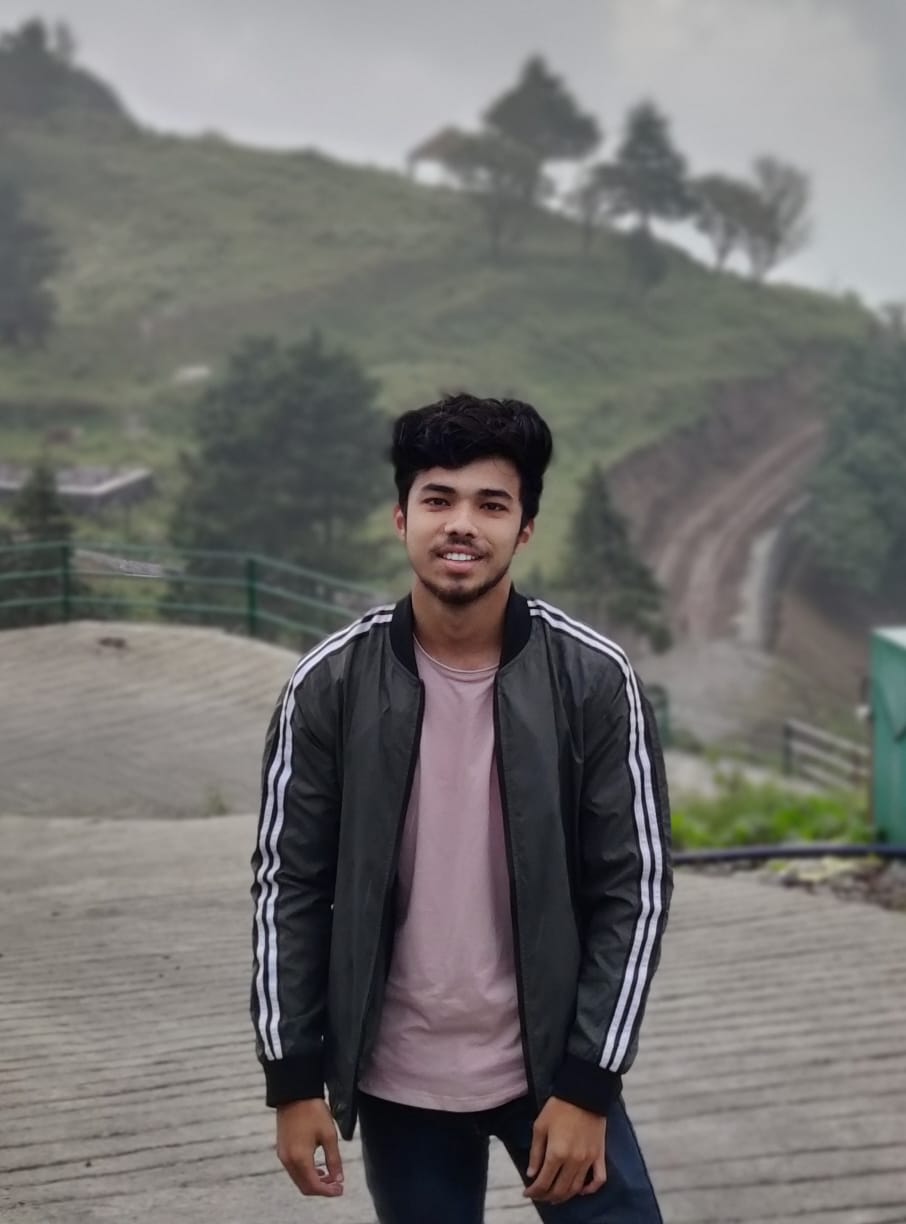BOYS SCHOOLS IN KOLKATA
Calcutta, the city's last name, is an Anglicized version of the Bengali word Kalikata. Kalikata is thought to be derived from the Bengali phrase Kalikshetra, which means "Ground of (the goddess) Kali." Some claim the city's name comes from the fact that it was founded on the side of a canal (Khal). A third theory links it to the Bengali words for lime and burnt shell since the area was known for its shell lime production. The West Bengal government formally changed the city's name to Kolkata in 2001. Forty square miles (104 square kilometers) of the city; 533 square miles of urban agglom (1,380 square km). Population: 4,486,679 (2011); urban agglom: 14,112,536.
EDUCATION IN KOLKATA
The city's schools and universities are either run by the government or by private organizations and people. In Kolkata's schools, colleges, and universities, Bengali and English are the primary languages of instruction. From 1984 to 1992, the South Point High School in Kolkata was listed in the Guinness Book of World Records as one of the world's largest educational institutions. It has been dubbed the world's second-largest school, with 13,500 students. Since the British administration in the 19th and 20th centuries, Kolkata has been regarded as a center of learning.
BOYS SCHOOLS IN KOLKATA
- BIRLA HIGH SCHOOL
- ST. JAMES SCHOOL
- DON BOSCO SCHOOL
- CALCUTTA BOYS SCHOOL
- LA MARTINIERE SCHOOL
- SREE JAIN SWETAMBAR TERAPANTHI VIDYALAYA
- SCOTTISH CHURCH COLLEGIATE SCHOOL
- ST. XAVIER'S COLLEGIATE SCHOOL
ALL ABOUT KOLKATA
Get to know your surroundings.
Bengalis refer to the city's neighborhoods as paras. They are still the city's organizational unit in many aspects, dating back to when the British first established a trading post among several villages in 1690. Kumartuli for potters, Muchipara for cobblers, and Darjipara for tailors were examples of paras based on caste or vocation. The enterprises that gave the areas their names, such as Kumartuli, still exist in some of them. Each of Kolkata's paras has a neighborhood group responsible for organizing religious festivals on the Bengali calendar.
Recognize landmarks and main thoroughfares.
Kolkata's streets go by many different names (successive governments have been big on changing colonial titles), and street signs are hard to come by. Consider Kolkata in three sections: North Kolkata, the city centre, and South Kolkata. The busy, sprawling historic portion of town, immediately north of the British colonial capital, where Bengalis settled, is known as North Kolkata. It's densely packed with small passageways, and Shyambazar's five-point junction and market are a fantastic location to start if you're planning to spend time there.
Make transportation a strategic decision.
Kolkata's Metro system (which debuted in 1984 and was the first in India) is clean, reliable, and simple to use, and it's the best method to go to North Kolkata and the city's commercial district. Grab a rickshaw or auto-rickshaw to get to Metro stations and through congested neighbourhoods (Kolkata is one of the few remaining cities in the world with hand-pulled rickshaws). Kolkata's yellow cabs are huge Hindustan Motors Ambassador automobiles (a model initially produced in the 1950s and a source of nostalgia for Indians), and their metres are broken, so you'll have to haggle for a fare.
Get your hands on some Bengali food
The cuisine of the region is notable for its use of bitter and sweet flavours, as well as its significant usage of mustard seed and poppy seed, as well as freshwater fish and vegetable curries. It's a far cry from North Indian cuisine, which is rich and meaty, or Indian takeaway in Western countries. Bhojpuri Manna is a popular spot for Bengali home food in the city, and it serves a delicious fish fry (a flaky, white fish fillet, deep-fried and served with a sinus-clearing mustard sauce).





